Pochard
Aythya ferina (Linnaeus, 1758)
PO
 POCHA
POCHA  1980
1980

Family: Anseriformes > Anatidae
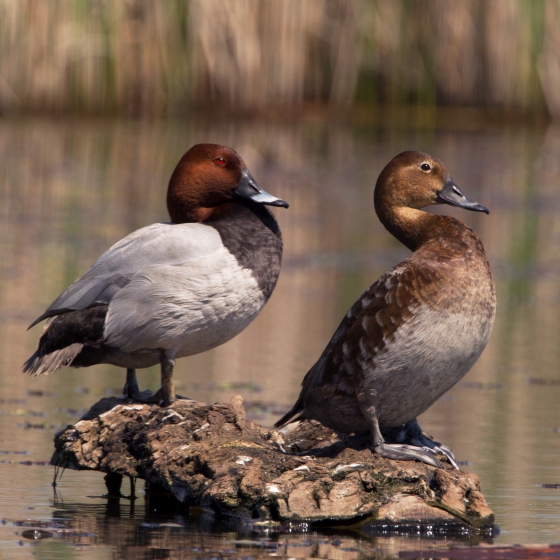
Pochard are found on waterbodies across the UK that are deep enough to accommodate their diving behaviour in search of food.
The Pochard is a scarce breeding bird in the UK, with around 700 pairs thought to breed here and mostly in England. During the winter months this small population is swollen by birds escaping freezing conditions on the Continent, which can see UK Pochard numbers climb as high as 30,000 individuals.
The Wetland Bird Survey shows a declining trend in numbers, that is thought to be partly driven by milder winters keeping more waterbodies ice free on the Continent. This ensures feeding opportunities closer to the Pochard breeding areas and makes a crossing of the North Sea unnecessary for many.
Identification
Pochard identification is often straightforward. The following article may help when identifying Pochard.
Identifying diving ducks
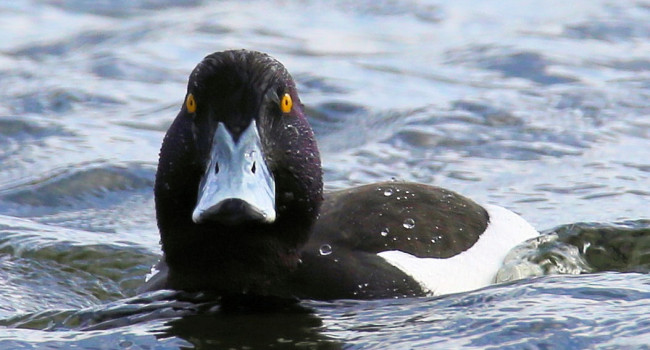
Dabbling ducks are so familiar, but there is also a group of common ducks that actively dive on freshwater for food. One or other is likely to be encountered on still or moving freshwater or even at sea so let this workshop help you to decide which diving duck you are seeing.
SONGS AND CALLS
Listen to example recordings of the main vocalisations of Pochard, provided by xeno-canto contributors.
Call
Develop your bird ID skills with our training courses
Our interactive online courses are a great way to develop your bird identification skills, whether you're new to the hobby or a competent birder looking to hone your abilities.
Browse training coursesStatus and Trends
Population size and trends and patterns of distribution based on BTO surveys and atlases with data collected by BTO volunteers.
CONSERVATION STATUS
This species can be found on the following statutory and conservation listings and schedules.
POPULATION CHANGE
Numbers of breeding Pochard have remained relatively stable, with some fluctuations, at around 600–800 pairs, for the ten years to 2019 following a strong increase since it was first monitored by the RBBP in 1986 (Eaton et al. 2021). However, this population increase contrasts with a range contraction in the UK, with a 39% decrease in the number of occupied squares since the 1968–72 Breeding Atlas (Balmer et al. 2013). Widespread declines and range losses have occurred in Europe and the species is classed as Vulnerable on the IUCN Red List (BirdLife International 2021).
| UK winter population |
-73% decrease (1995/96 to 2020/21)  |
DISTRIBUTION
The winter distribution of the Pochard is concentrated in lowland areas, where waterbodies have high nutrient status, and the species is generally absent from the acidic, nutrient-poor waterbodies of the uplands. Rich lakes are also preferred for breeding and the map shows the concentration of breeding birds in eastern lowland areas of England.
Occupied 10-km squares in UK
| No. occupied in breeding season | 330 |
| % occupied in breeding season | 11 |
| No. occupied in winter | 1292 |
| % occupied in winter | 43 |
European Distribution Map
DISTRIBUTION CHANGE
There has been a 21% contraction in winter range in Britain & Ireland since the 1981–84 Winter Atlas. The loss is most prominent in Ireland, reflecting a long-term decline in the wintering population.
Change in occupied 10-km squares in the UK
| % change in range in breeding season (1968–72 to 2008–11) | -36.3% |
| % change in range in winter (1981–84 to 2007–11) | --15.8% |
SEASONALITY
Pochards are present throughout the year; there is a small breeding population and the species is most likely to be seen in winter.

Movement
Information about movement and migration based on online bird portals (e.g. BirdTrack), Ringing schemes and tracking studies.
RINGING RECOVERIES
View a summary of recoveries in the Online Ringing Report.
Foreign locations of birds ringed or recovered in Britain & Ireland

Biology
Lifecycle and body size information about Pochard, including statistics on nesting, eggs and lifespan based on BTO ringing and nest recording data.
SURVIVAL & LONGEVITY
View number ringed each year in the Online Ringing Report
BIOMETRICS
Wing Length 
|
Adults | 217.3±6.4 | Range 208–225mm, N=553 |
| Juveniles | 215.1±12.1 | Range 208-225mm, N=107 | |
| Males | 218.7±6.1 | Range 210–226mm, N=436 | |
| Females | 212.2±4.6 | Range 204–220mm, N=116 |
Body Weight 
|
Adults | 1.13±0.1 | Range 0.980–1.30kg, N=473 |
| Juveniles | 1150±150.3558 | Range 850–1350g, N=86 | |
| Males | 1.14±0.1 | Range 1.00–1.30kg, N=375 | |
| Females | 1.07±0.09 | Range 0.910–1.20kg, N=97 |
Feather measurements and photos on featherbase 
CODES & CLASSIFICATION
Ring size 
|
G* |
Field Codes 
|
2-letter: PO | 5-letter code: POCHA | Euring: 1980 |
For information in another language (where available) click on a linked name
Research
Interpretation and scientific publications about Pochard from BTO scientists.
CAUSES AND SOLUTIONS
Causes of change
Increases in Pochard numbers in western Europe in the twentieth century are possibly linked to the eutrophication of water bodies which resulted in increased availability of food and cover (Fox et al. 2016). Subsequent widespread declines in Europe may have been caused by a number of factors, among which are abandonment of fish farming and declines in water quality, hyper-eutrophication, increases in the abundance of fish species which compete for food resources, increased predation from non-native species such as mink, and losses of gull colonies (which help improve breeding productivity by providing protection from predators) (Fox et al. 2016, Mischenko et al. 2020). However, the stable trend in the UK suggests that the factors affecting the species in Europe are currently not a significant issue here and it remains unclear what are the main drivers of population trends in the UK.
Links to more information from ConservationEvidence.com
Would you like to search for another species?

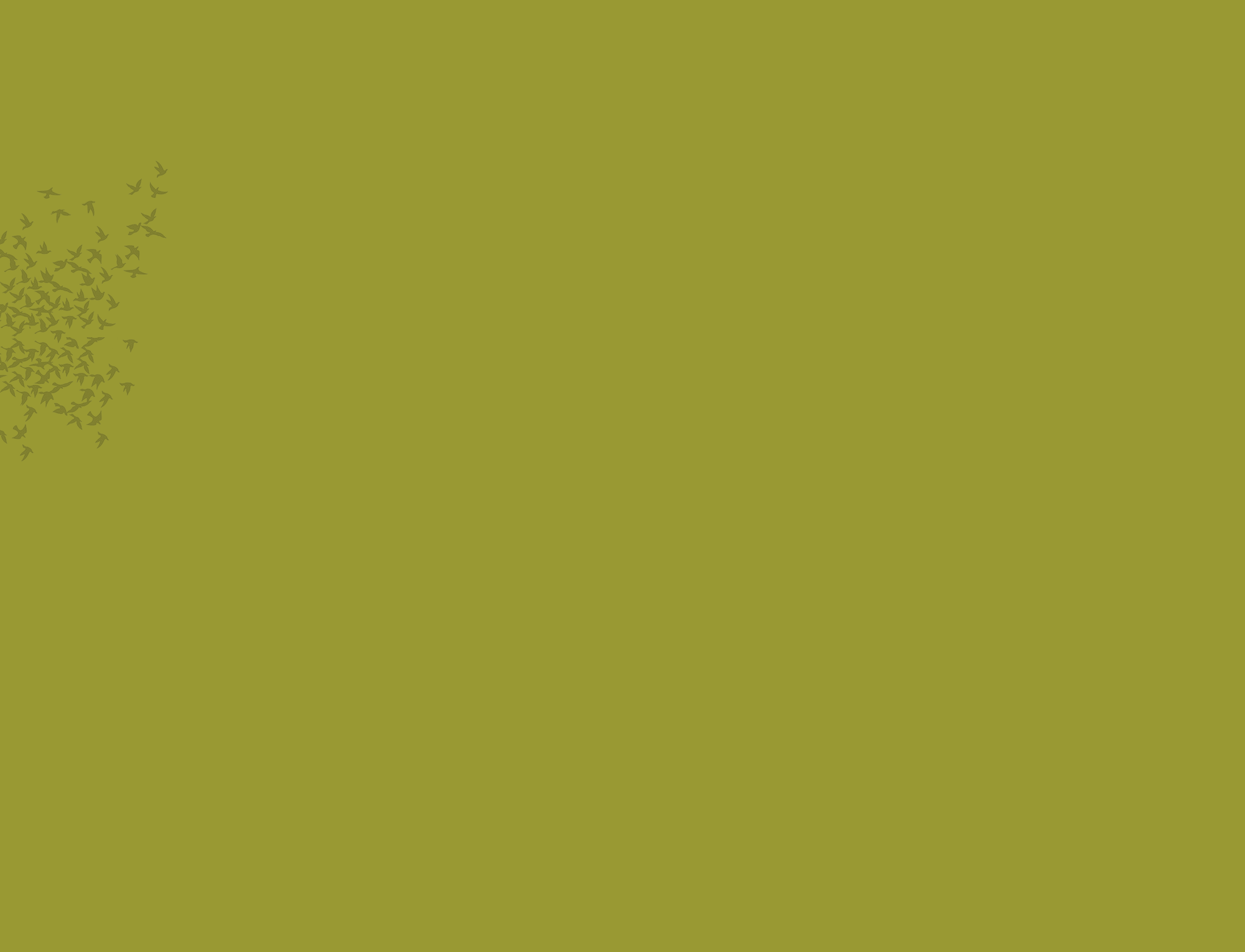





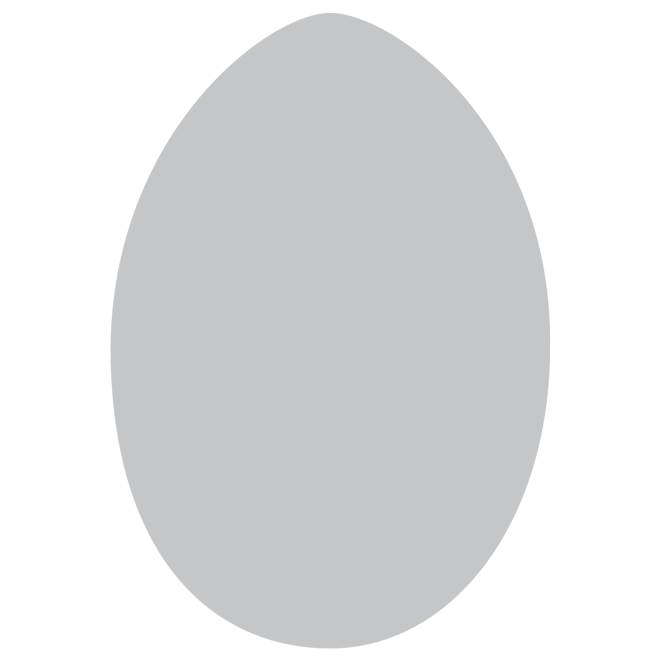

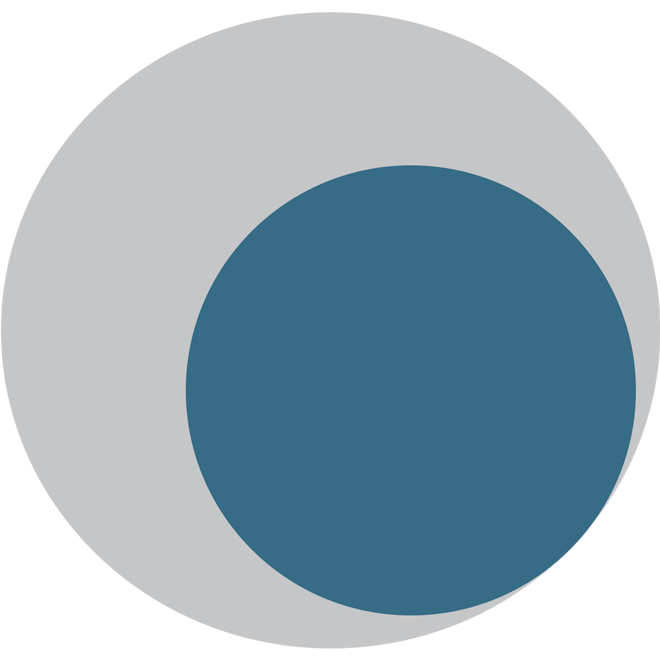
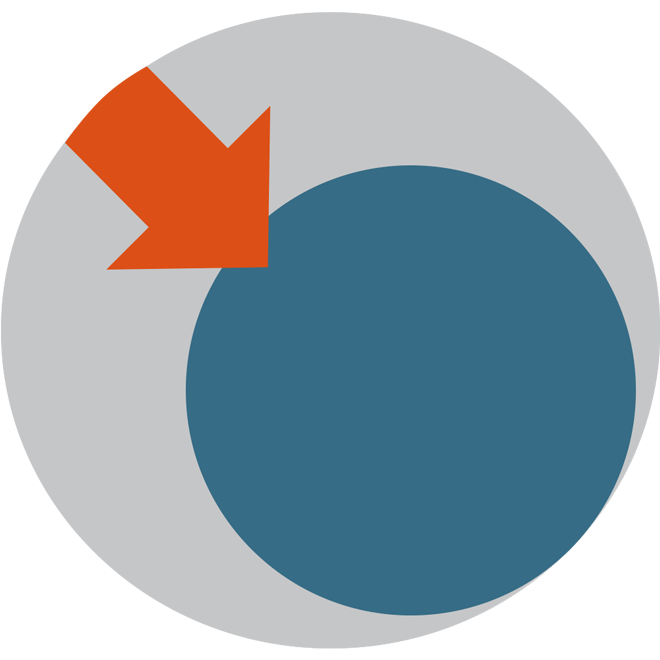
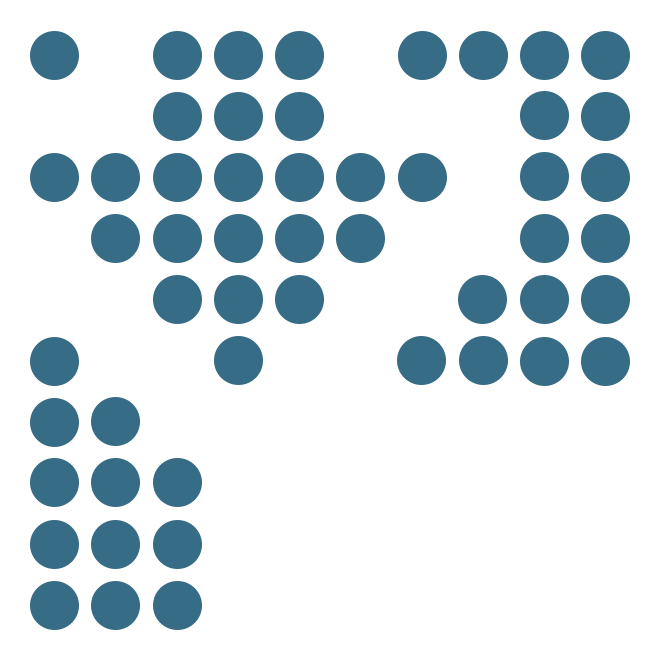

Share this page